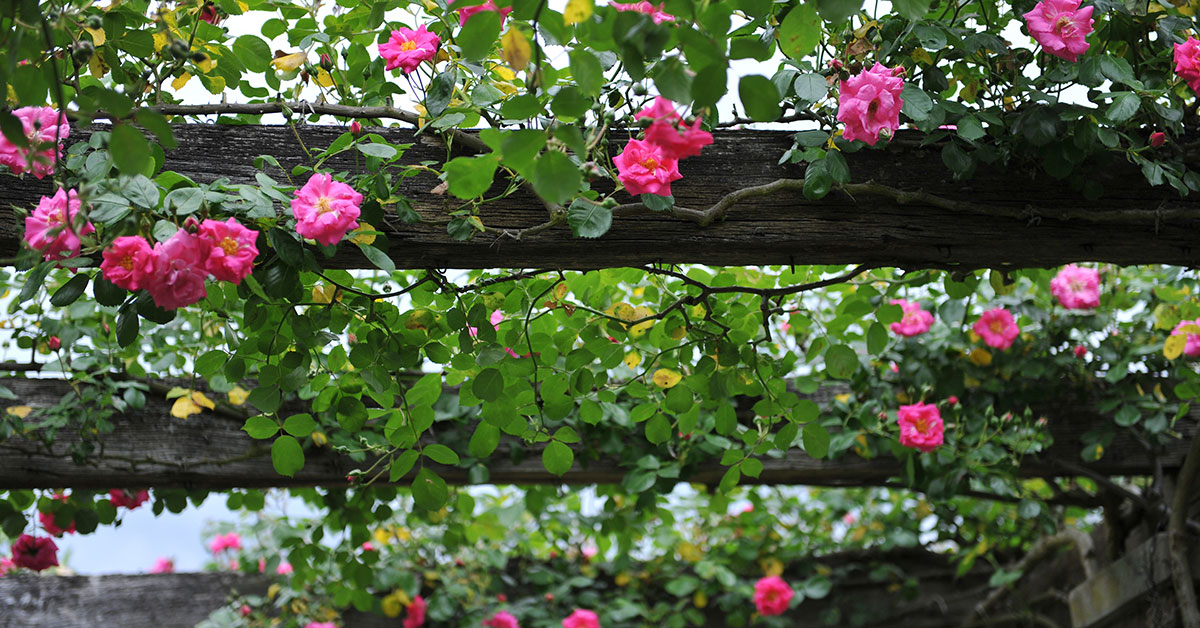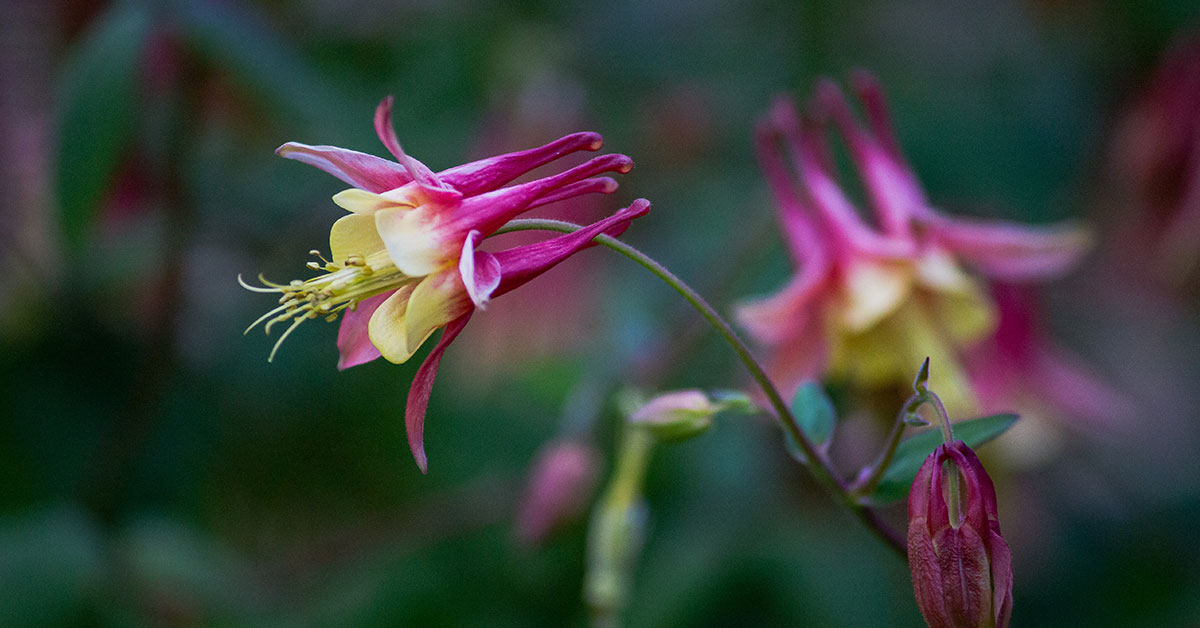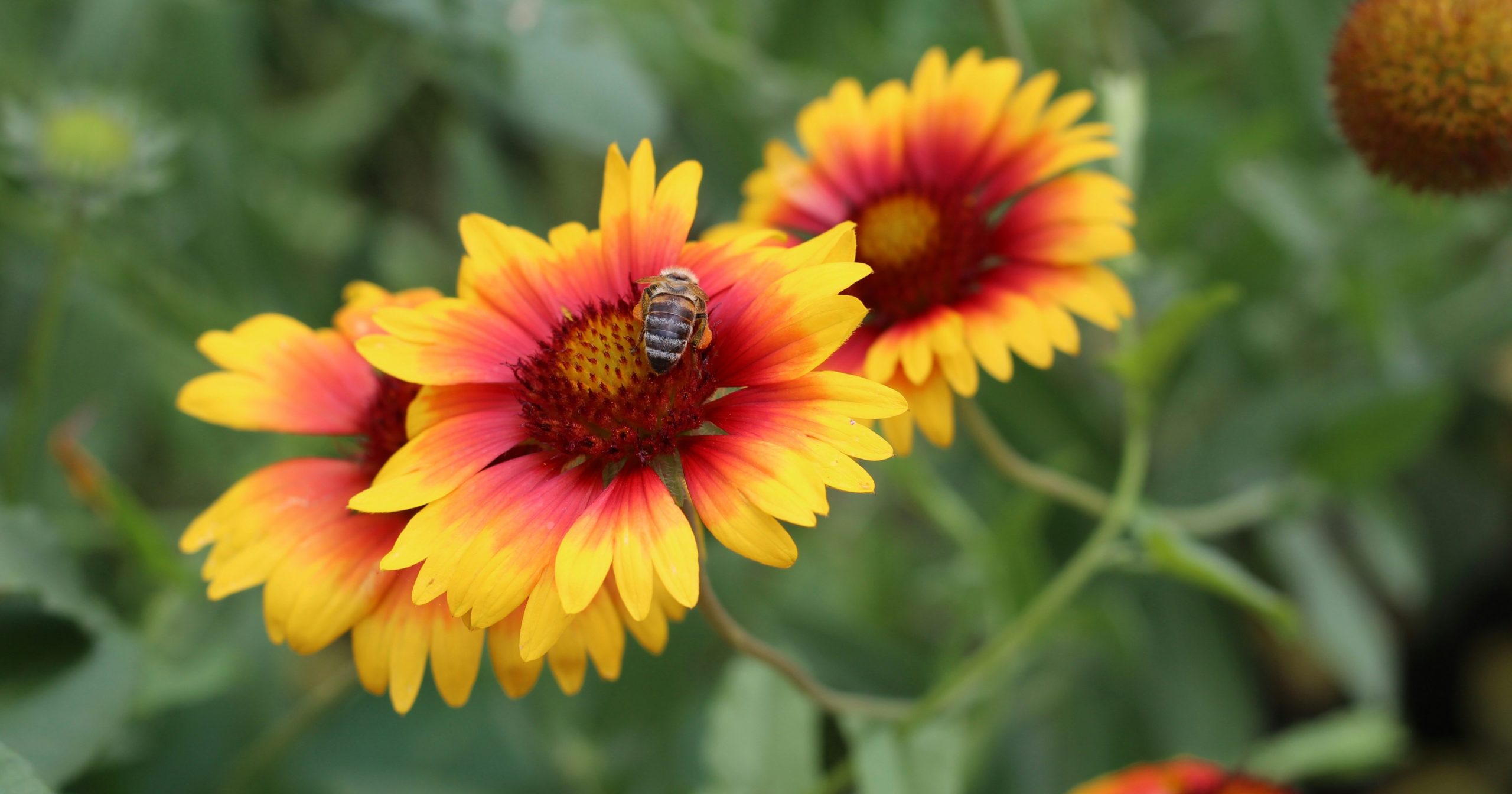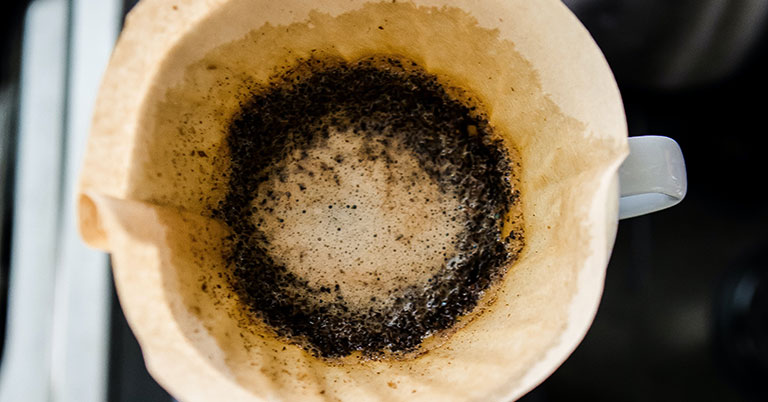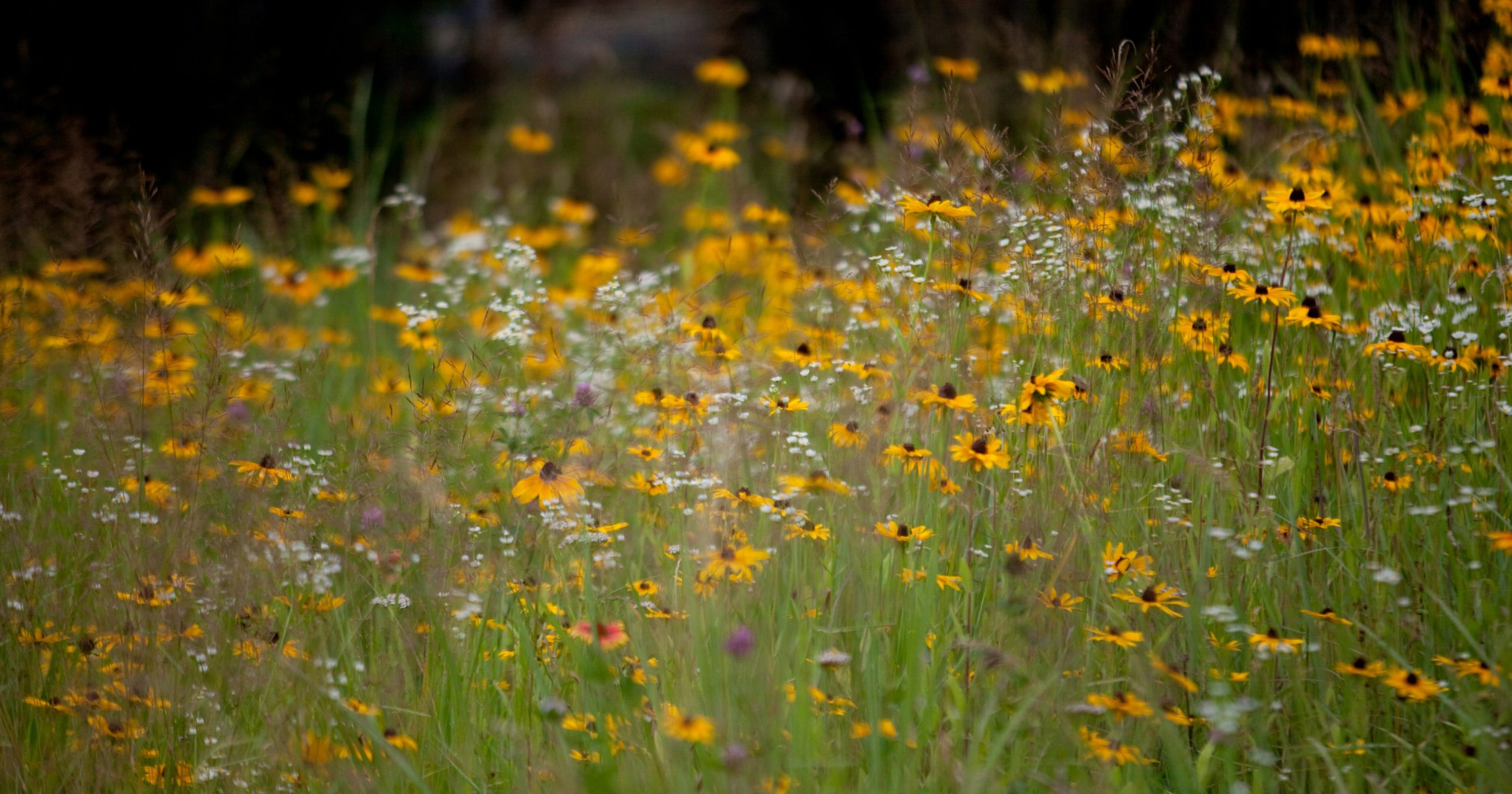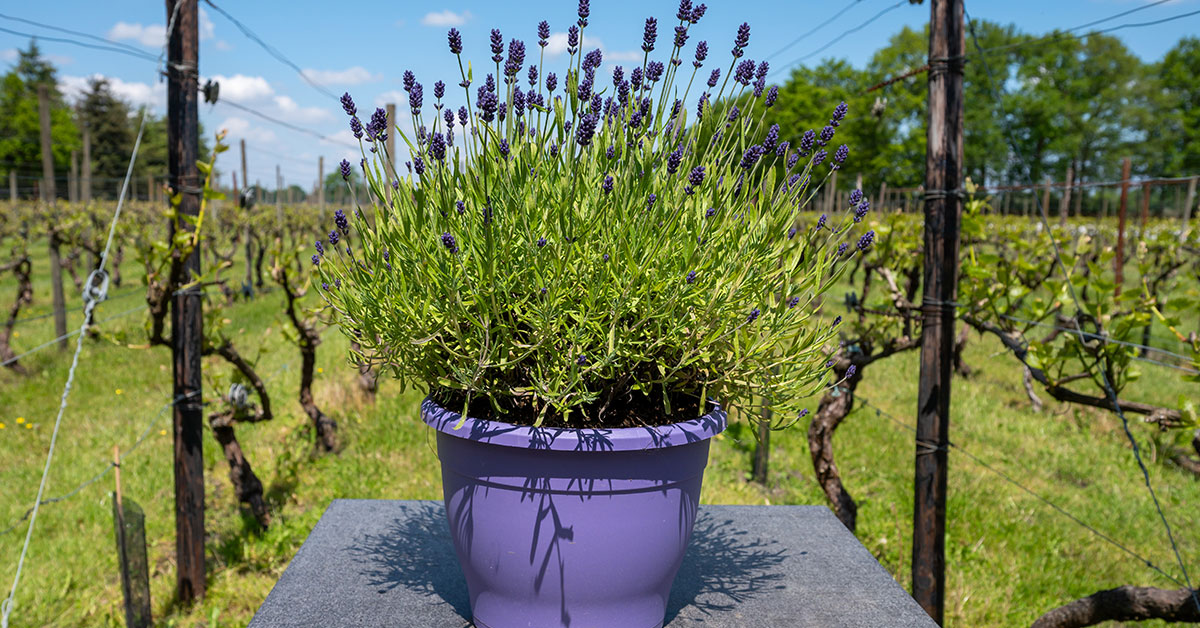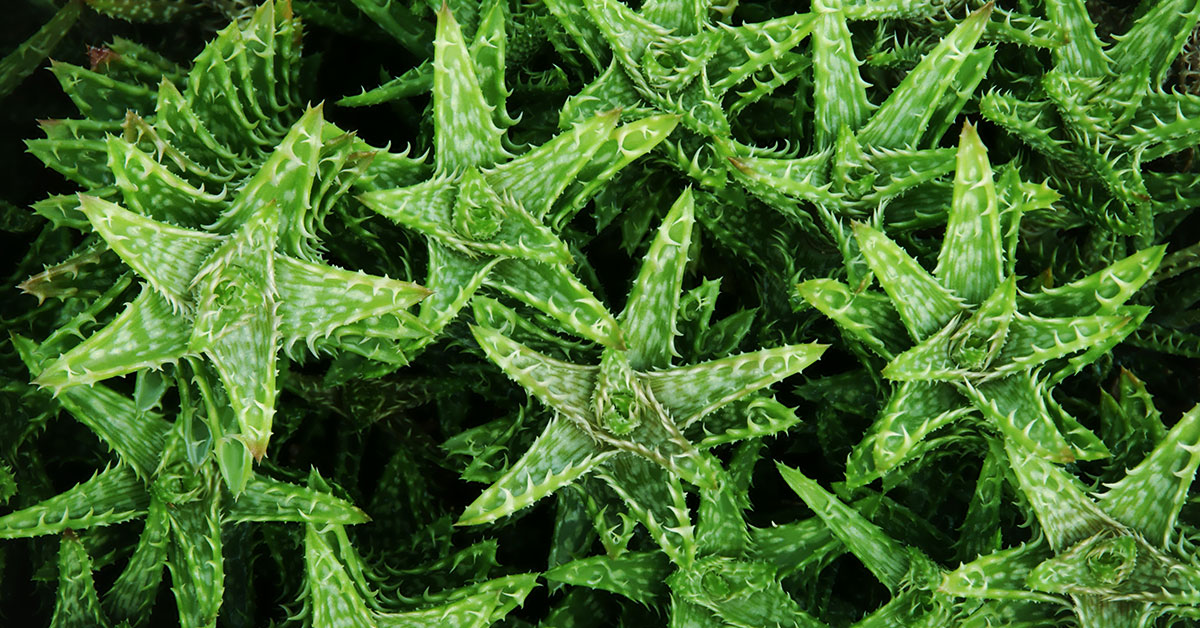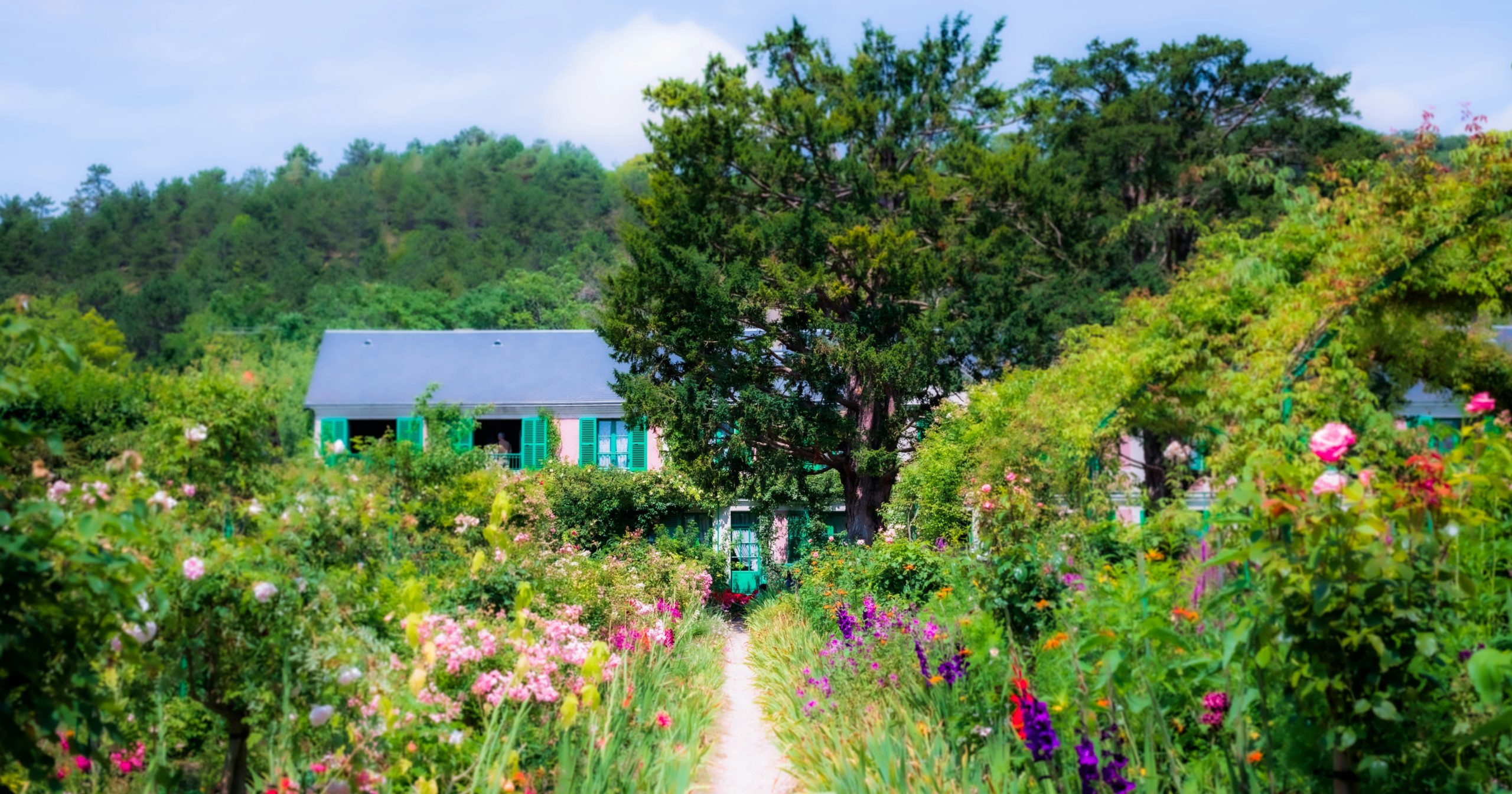Climbing roses are a stunning addition to any garden, with their vibrant blooms and graceful vines that can add height and drama to any landscape. However, to ensure their continued growth and abundant flowering, it is essential to practice proper maintenance techniques. One of the most important tasks for maintaining healthy and vigorous climbing roses is deadheading. Whether you are a seasoned gardener or a novice, this comprehensive guide will equip you with the knowledge and skills to successfully deadhead climbing roses and enjoy their beauty throughout the growing season.
Should you deadhead climbing roses?
Deadheading climbing roses is a matter of personal preference and the specific goals of the gardener. Deadheading refers to the removal of spent flowers, and it can have both aesthetic and practical benefits for climbing roses. Aesthetic Benefits:
- Extended Blooming Period: Deadheading encourages climbing roses to produce more blooms throughout the growing season. By removing spent flowers, you prevent the plant from diverting energy into producing seeds, and instead, it directs its resources towards new flower production. This can result in a longer blooming period, allowing you to enjoy the beauty of your climbing roses for a more extended period.
- Neater Appearance: Removing faded flowers keeps the plant looking tidy and well-maintained. Climbing roses can become quite unruly if left unpruned, and deadheading helps maintain a more compact and attractive appearance.
Practical Benefits:
- Disease Prevention: Deadheading can help prevent the spread of diseases in climbing roses. Many fungal diseases, such as black spot and powdery mildew, can be spread through infected flower petals. By removing spent flowers promptly, you reduce the chances of these diseases taking hold and spreading to healthy parts of the plant.
- Encouraging New Growth: Deadheading climbing roses can stimulate the growth of new shoots and canes. When you remove spent flowers, the plant redirects its energy towards producing new growth, resulting in a healthier and more vigorous plant.
However, there are a few considerations to keep in mind when deadheading climbing roses:
- Hip Production: If you want your climbing roses to produce hips (the fruit of the rose), you should avoid deadheading. Hips can add visual interest to the plant and provide food for birds during the winter months. If you value the hips, allow the spent flowers to remain on the plant.
- Time and Effort: Deadheading climbing roses can be a time-consuming task, especially if you have a large number of plants. Consider the amount of time and effort you are willing to invest in deadheading before deciding whether to undertake this task.
In conclusion, deadheading climbing roses can have both aesthetic and practical benefits, including extended blooming, a neater appearance, disease prevention, and encouraging new growth. However, if you value the production of hips or find deadheading to be too time-consuming, you may choose to forgo this practice. Ultimately, it is a personal decision based on your preferences and goals for your climbing roses.
When to deadhead climbing roses?
Deadheading climbing roses is an essential task to promote continuous blooming and maintain the overall health and appearance of the plant. The best timing for deadheading climbing roses depends on the specific variety and the climate in which they are grown. However, there are some general guidelines to follow:
- Regular Deadheading: Throughout the blooming season, it is recommended to deadhead climbing roses regularly. This involves removing spent flowers as soon as they fade and start to wither. Regular deadheading encourages the plant to redirect its energy into producing new blooms rather than setting seed.
- Post-Blooming Deadheading: Once the main flush of blooms has finished, it is advisable to perform a more thorough deadheading. This involves cutting back the spent flower clusters to a healthy bud or leaflet. By doing this, you encourage the plant to produce new growth and potentially a second flush of blooms later in the season.
- Timing for Pruning: Climbing roses generally require pruning in late winter or early spring, before new growth begins. This is the best time to remove any dead, damaged, or weak wood, as well as to shape and train the plant. However, avoid heavy pruning immediately after the main blooming period, as it may reduce the number of blooms for the following season.
- Climate Considerations: If you live in a region with a mild climate, where climbing roses bloom almost year-round, deadheading can be done throughout the year as needed. In colder climates, where roses have a distinct blooming period, deadheading should be done after the main bloom cycle and before the onset of winter.
Remember to always use clean and sharp pruning tools when deadheading climbing roses. This helps prevent the spread of diseases and ensures clean cuts that promote healthy regrowth.
How to deadhead climbing roses
Deadheading climbing roses is an essential task to promote continuous blooming and maintain the overall health and appearance of the plant. Here’s a step-by-step guide to help you deadhead climbing roses effectively:
- Timing: Deadheading should be done throughout the blooming season, typically from spring to fall. It’s best to deadhead after the first flush of flowers has faded and before the rose hips start to form.
- Tools: Gather the necessary tools before you begin. You’ll need a pair of sharp pruning shears or bypass pruners, a clean cloth or paper towel, and a bucket or bag for collecting the removed blooms.
- Inspect the plant: Start by examining the climbing rose plant and identifying the spent blooms. Look for faded, wilted, or discolored flowers. These are the ones that need to be removed.
- Locate the node: Locate a leaf node on the stem, which is the point where a leaf attaches to the stem. This is where you’ll make your pruning cut. Ideally, choose a node that is facing outward to encourage new growth in that direction.
- Cut above the node: Using your pruning shears, make a clean cut just above the leaf node. The cut should be at a 45-degree angle, sloping away from the node. This angle helps prevent water from pooling on the cut surface and potentially causing disease.
- Remove the entire flower cluster: If the climbing rose has flower clusters, remove the entire cluster by cutting just above the first set of healthy leaves below the cluster. This helps maintain a tidy appearance and encourages new growth.
- Clean the pruners: After each cut, wipe the blades of your pruning shears with a clean cloth or paper towel to remove any sap or debris. This helps prevent the spread of diseases between plants.
- Collect the removed blooms: Place the removed blooms in a bucket or bag to keep your garden tidy and prevent the spread of diseases. Dispose of them properly, away from your garden.
- Repeat the process: Continue inspecting the climbing rose plant and deadheading any spent blooms throughout the blooming season. Regular deadheading encourages the plant to produce more flowers and prevents the formation of rose hips, which can divert energy from new blooms.
- Prune in winter: In addition to deadheading, climbing roses require annual pruning in late winter or early spring. This helps maintain their shape, remove dead or damaged wood, and promote healthy growth. Consult specific pruning guidelines for climbing roses to ensure you prune correctly.
Remember, deadheading climbing roses not only keeps them looking beautiful but also encourages new growth and prolongs the blooming season. Regular care and attention will reward you with a healthy and vibrant climbing rose plant.
Aftercare
After deadheading climbing roses, it is important to follow these detailed care guidelines:
- Prune: Once the roses have finished blooming and you have deadheaded them, it’s a good time to prune any excessive growth. Remove any dead, damaged, or diseased canes, as well as any crossing branches. Pruning will help maintain the shape and vigor of the plant.
- Tie and Train: Climbing roses need support to grow and climb properly. After deadheading, check the ties and supports to ensure they are secure and not causing any damage to the canes. Gently guide the new growth along the support structure to encourage it to grow in the desired direction.
- Fertilize: After deadheading, it’s a good idea to fertilize your climbing roses to promote healthy growth and future blooms. Use a balanced rose fertilizer or a slow-release granular fertilizer specifically formulated for roses. Follow the instructions on the package for application rates and timing.
- Watering: Proper watering is crucial for the health of climbing roses. After deadheading, make sure to water the plants deeply, allowing the water to penetrate the root zone. Watering deeply encourages the roots to grow deeper, making the plant more resilient and drought-tolerant. Avoid overhead watering, as it can promote fungal diseases.
- Mulch: Apply a layer of organic mulch around the base of the climbing roses after deadheading. Mulch helps retain moisture, suppresses weeds, and regulates soil temperature. Use a 2-3 inch layer of mulch, such as wood chips, straw, or compost, making sure to keep it a few inches away from the base of the canes to prevent rot.
- Pest and Disease Control: Regularly inspect your climbing roses for any signs of pests or diseases. Common issues include aphids, black spot, powdery mildew, and spider mites. If you notice any problems, take appropriate measures to control them, such as using organic insecticidal soap or neem oil for pests and fungicides for diseases.
- Repeat Blooming: Deadheading climbing roses encourages them to produce more blooms. After deadheading, continue to monitor the plant and remove spent flowers regularly. This will redirect the plant’s energy into producing new growth and more flowers.
By following these care guidelines after deadheading climbing roses, you can ensure the health and beauty of your plants and enjoy a continuous display of blooms throughout the growing season.
